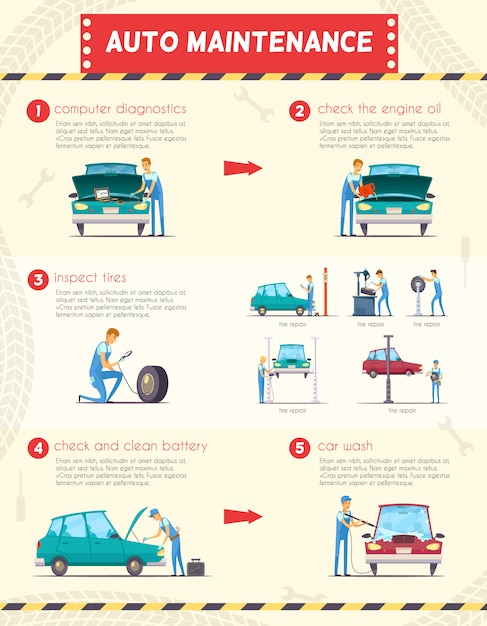Translating Your Vehicle'S Caution Indicators: What They Genuinely Represent
Translating Your Vehicle'S Caution Indicators: What They Genuinely Represent
Blog Article
Write-Up Created By-Lim Torres
When you're behind the wheel, those radiant caution lights on your control panel can be a bit perplexing. Do you know what they're trying to tell you about your vehicle's health? Recognizing the importance of these lights is essential for your security and the long life of your automobile. So, Electric Generator Service Near Me following time among those lights turns up, would not you intend to analyze its message accurately and take the essential steps to address it?
Common Warning Lighting and Interpretations
Determine usual caution lights in your cars and truck and recognize their definitions to guarantee secure driving.
One of the most typical warning lights include the check engine light, which signifies problems with the engine or discharges system. If this light comes on, it's vital to have your vehicle examined quickly.
The oil stress advising light shows low oil stress, calling for immediate focus to avoid engine damages.
https://www.forbes.com/sites/baldwin/2022/06/19/make-228-an-hour-in-your-spare-time/ blinking battery light might recommend a malfunctioning charging system, potentially leaving you stranded otherwise dealt with.
The tire pressure surveillance system (TPMS) light alerts you to low tire stress, impacting vehicle security and fuel efficiency. Neglecting this might cause hazardous driving conditions.
The abdominal light shows a trouble with the anti-lock braking system, endangering your ability to quit promptly in emergencies.
Lastly, the coolant temperature level advising light warns of engine getting too hot, which can lead to extreme damages otherwise fixed quickly.
Understanding these typical warning lights will aid you address issues promptly and maintain secure driving problems.
Relevance of Prompt Interest
Recognizing the usual warning lights in your car is only the primary step; the relevance of quickly resolving these cautions can not be highlighted sufficient to guarantee your safety when traveling.
When a warning light brightens on your control panel, it's your automobile's way of communicating a potential problem that requires interest. Overlooking these warnings can lead to more serious troubles in the future, endangering your safety and security and possibly costing you extra out of commission.
Prompt attention to cautioning lights can avoid break downs and accidents. For instance, a blinking check engine light might indicate a misfire that, if left neglected, could cause damages to the catalytic converter. Addressing this promptly can conserve you from a pricey repair.
In a similar way, a brake system advising light could signify low brake fluid or used brake pads, important parts for your safety when driving.
Do It Yourself Troubleshooting Tips
If you notice a warning light on your dashboard, there are a couple of do it yourself repairing pointers you can try before seeking expert aid.
The first step is to consult your car's handbook to comprehend what the certain warning light shows. Sometimes the issue can be as easy as a loosened gas cap setting off the check engine light. Tightening the gas cap might solve the issue.
One more common problem is a low battery, which can trigger different alerting lights. Checking the battery links for corrosion and guaranteeing they're safe may deal with the trouble.
If a caution light continues, you can attempt resetting it by disconnecting the cars and truck's battery for a few minutes and after that reconnecting it. In addition, examining your vehicle's liquid degrees, such as oil, coolant, and brake liquid, can help fix advising lights related to these systems.
Final thought
In conclusion, understanding your car's warning lights is vital for keeping your vehicle running efficiently and securely. By promptly resolving these alerts and understanding what they suggest, you can stay clear of expensive repair services and possible breakdowns.
Keep in mind to consult your auto's guidebook for certain information on each alerting light and act accordingly to make certain a hassle-free driving experience.
Remain educated, remain secure on the road!
